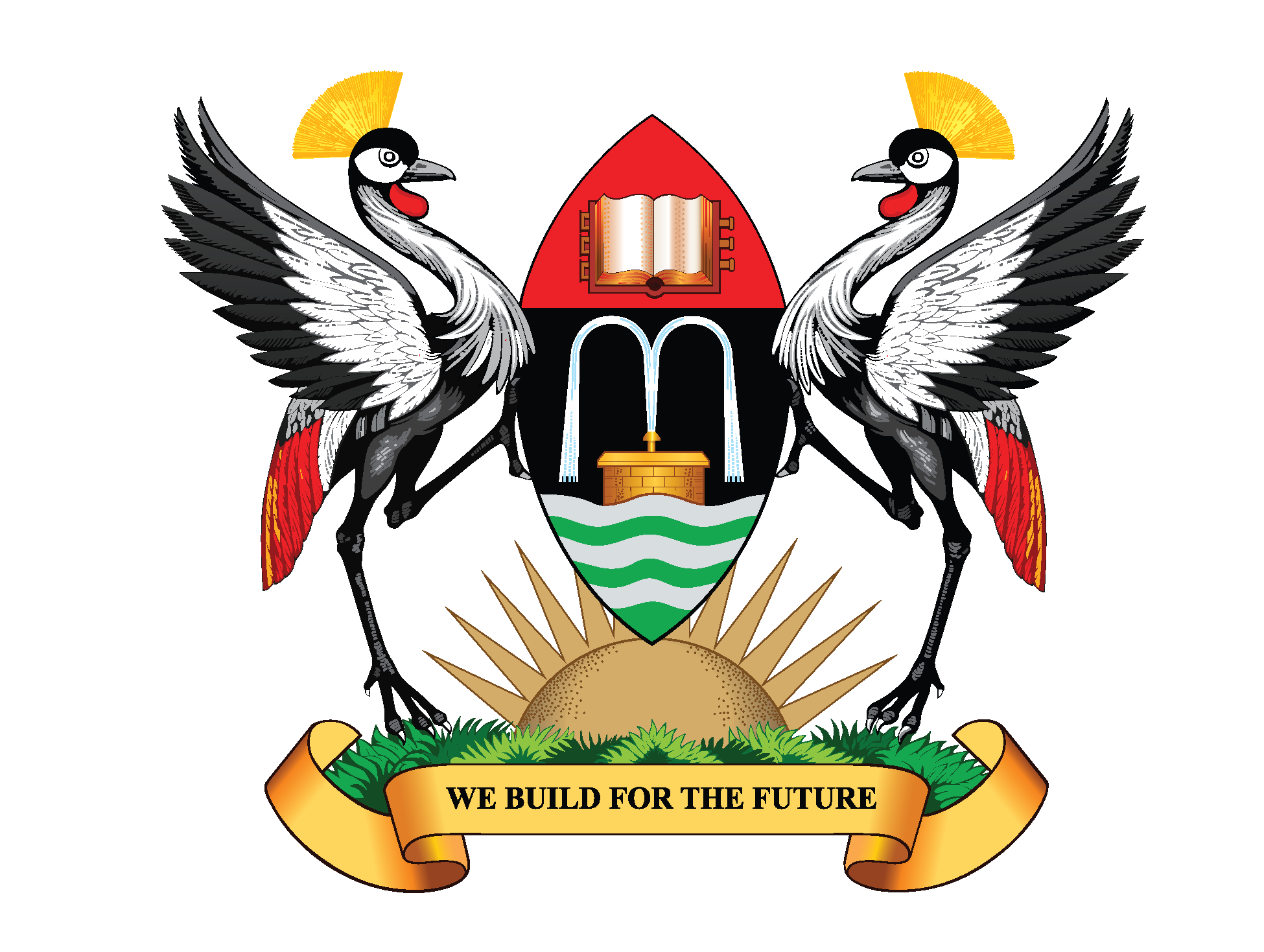| Keywords | |
| Abstract |
Background Integrated Community Case Management (iCCM) of malaria, pneumonia and diarrhoea is an equity focused strategy, to increase access to care for febrile illness in children under-5 years of age, in rural communities. Lay community members are trained to diagnose and treat malaria, pneumonia and diarrhoea in children, and to identify and refer very ill children. Today, many low-income countries including Uganda, have a policy for iCCM which is being rolled out through public sector community health workers (CHWs). Ten years after the introduction of the iCCM strategy in Uganda, it is important to take stock and understand the barriers and facilitators affecting implementation of the iCCM policy. Methods We conducted an iCCM policy analysis in order to identify the challenges, enablers and priorities for scale-up of the iCCM strategy in Uganda. This was a qualitative case study research which included a document review (n = 52) and key informant interviews (n = 15) with Ugandan stakeholders. Interviews were conducted in 2017 and the desk review included literature up to 2019. Results This paper highlights the iCCM policy trajectory since 2010 in Uganda and includes a policy timeline. The iCCM policy process was mainly led by international agencies from inception, with little ownership of the government. Many implementation challenges including low government funding, weak coordination and contradicting policies were identified, which could contribute to the slow scale up of the iCCM program. Despite the challenges, many enablers and opportunities also exist within the health system, which should be further harnessed to scale up iCCM in Uganda. These enabling factors include strong community commitment, existing policy instruments and the potential of utilizing also the private sector for iCCM implementation. Conclusion The iCCM program in Uganda needs to be strengthen through increased domestic funding, strong coordination and a focus on monitoring, evaluation and operational research.
|
| Year of Publication |
2021
|
| URL |
https://www.ijhpm.com/article_4051.html
|

